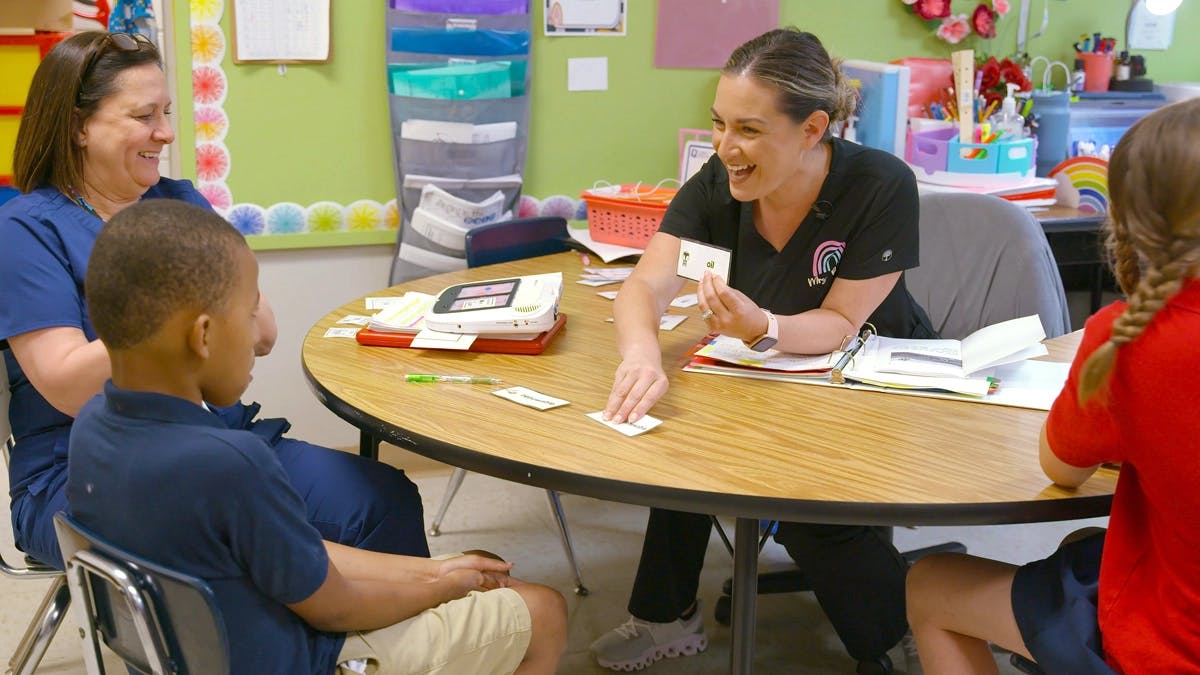For educators:
The Equals Math curriculum equips educators with everything they need for effective, adaptable instruction.
Print and digital resources: Includes educator's guides, a quick start guide, assessments, workmats, posters, theme cards, and digital tools to simplify lesson delivery and planning.
- Math manipulatives: Offers hands-on resources like foam tiles, pattern blocks, fraction tools, counters, and measurement instruments, helping students grasp math concepts in a tactile way.
- Communication supports: Provides specialized materials such as theme cards and language support cards, designed to support language development and effective communication.










